|
8/24/2019 A Note On "Pollinators"Pollinator plants, well, really, that's just kinda (almost) everything that has flowers and is still a fully functional reproductive biological organism that can reproduce itself (with the help of bees). We might speak of "pollinators" as opposed to those other plants that have had the life bred out them - I'm thinking of Dahlias, Peonies, Lilly, etc. These species have become more products of human culturing. Certainly we all like "pollinator plants" - but to be named as such, we need to narrate the idea of them as a group that stands opposed to the bad commercially bred and hybridized plants. But then if we tell the story of the Dahlias and Peonies as "traditional," and representing the history of gardening, well, they can become our friends again. Of late I have been looking through a book that shows gardens from around the world just has everything all mixed up together 8/16/2019 Cold Frames and PropagationThe Nursery Tours I took Monday left me with a number of stories to tell about where we are in the history of the field. These stories will all be told with two characters - the first, a classic, internationally known plantsman and nursery owner in his early 70s; and the second, a man, just older than I by a decade, also a nursery owner who identifies not as a "plantsman" but as a "businessman." Mark, the businessman (who, I will be very excited to buy plant material from because it is all great stock), notes that his nursery doesn't have a propagator anymore. That work is specialized and now they buy in all their rooted material in 288s and move them up into #1 cans where they grow them on and develop them for a number of months before they are ready to ship into the retail/wholesale market. Mark's story is evoked as I am reading through this 40 year old Garden and Patio Building book put out by Sunset Magazine in 1979. There is a whole chapter in the book on cold frames, hotbeds, greenhouses, plant shelters, shade structures, potting sheds, and work benches. These used to actually be part of peoples gardens. But. The home gardener also got rid of the propagator. An entire part of horticulture that relates people to nature - seeds, rooting cuttings, propagation - has disappeared. Now we just buy everything in. 8/13/2019 Lake County, Ohio Nursery ToursI took the day Monday to head towards Lake County, Ohio to tour Nurseries. Visited North Coast Perennials and Klyn Nursery. "Nursery Tours" is an annual two day event put on by the Nursery Growers of Lake County Ohio. I have heard of it my whole life...first time visitor. Only, I left Buffalo at 6AM, drove down, did two tours between 9AM and 1PM, then drive home. Special treat - 2 1/2 hour personal tour by Bill Hendricks of Klyn Nursery. One-on-one, cruising the 1000s of acres they must have there in his FORD pickup truck. To get here, there has been three client meetings and two with a pool contractor. Site survey work put together with pool designers drawings then scaled to my format. I have been talking every couple days with a Rep from a stone manufacturer - we are looking to have a polished and beveled pool edge coping but cost and production timing are driving that decision. Pool dimensions and layout are still being negotiated with City Hall to ensure all permits necessary. Initial conversation started to solve problem..."We want the backyard to be at one height. We don't want to step up to the pool. There isn't enough space to cut the yard up." My first work was taking site elevations and the study escalated from there. Alyssa just told me of a conversation she had with a client, the punchline of which ends: "Well. We never really knew what we were getting. We just trusted Matt. We figured most everyone would just show up and start building stuff. But Matt came in with all these drawings and stuff. But we can't really visualize things like that, so we just let him have at it and now we're just starting to see it for the first time." Alyssa tells this story; its narrative is the great trust the client had in our work. But. This isn't how it is supposed to be. The design process, what I call "The Design Study," is not meant to just allow the designer to design. Yes. Sketching, drawing, scaling, and conceptualizing things on paper is how a designer designs. But, the drawing work is also needed so we - the client and I - have something to budget from; to scale; "How many square foot of paving is to be done?" What is the volume of soil to be excavated and hauled away? How much lawn will there be? In the design study we can answer these questions. It takes the guess work out of production. But further, design documents, sketches, and drawings are documents that represent what is to happen on the project, what is to be built. As much as any written proposal, a scaled drawing "says" what we agree we are building. And most importantly, the design study and process is creating a situation for dialogue with the client - design makes a representation, or tries to bridge the space from imagination to real constructed object; it brings half form to what is concept, theory, and imagination. Design communicates. A designer isn't (or shouldn't be) designing for themselves - they design for the client. Yes, some clients just "want it taken care of" and choose to be minimally engaged - but the process is there to involve them. I always say, "It is my work as a designer to understand the clients imaginations, needs, desires, and wishes, and to bring them form, bring them into being, guiding them with some basic elementaries of design, visual, and spacial language." 8/3/2019 Landscaping Help.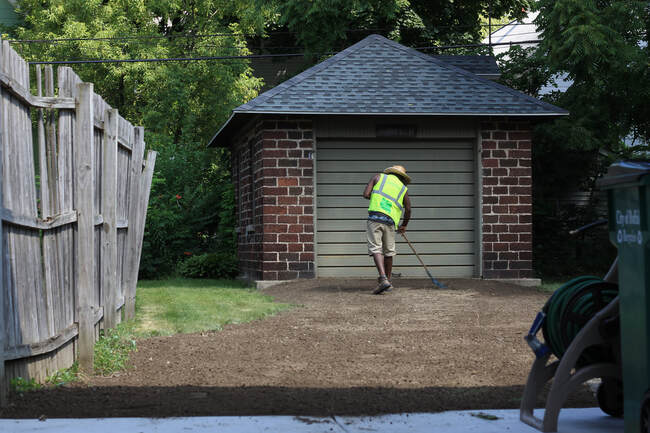 We are first and foremost here to help people with their homes (or whatever). There certainly isn't any glory in doing this lawn repair work shown above - unless you are the homeowner. Most of our day to day work is spent "just helping out;" but that work isn't always something people want to read about, critique, or view pictures of. But little small jobs are the best. They help you the most and are the easiest and least stressful for us to execute. |
AuthorFrom Matthew Dore, the "I" voice of Buffalo Horticulture and "The Buff Hort Project." Archives
April 2022
Categories |
Telephone(716)628.3555
|
|
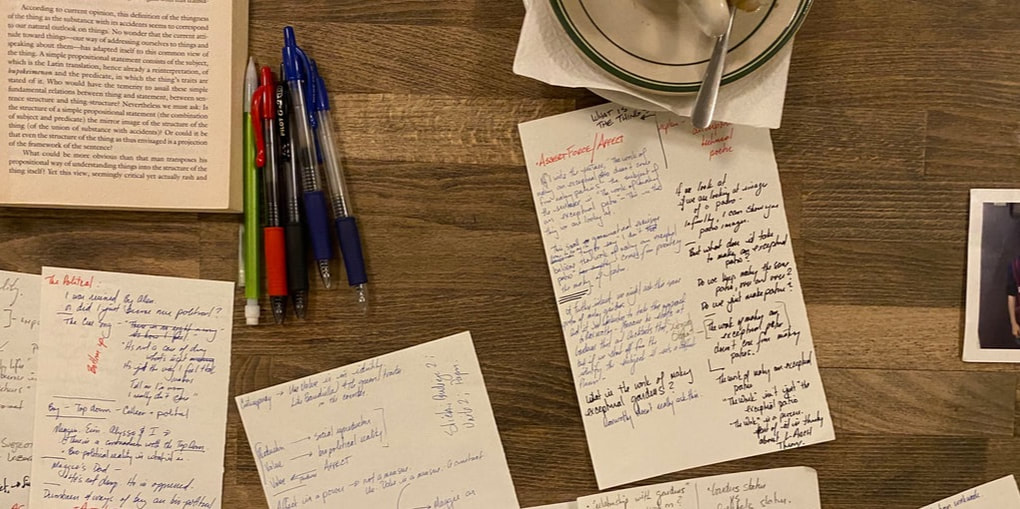
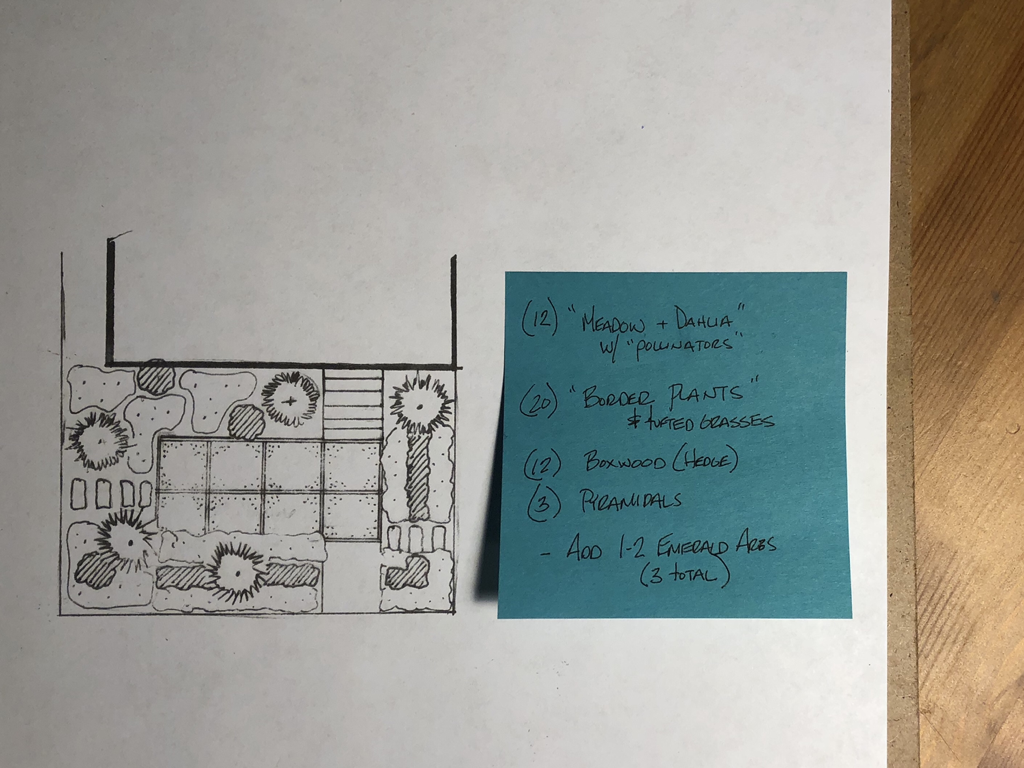
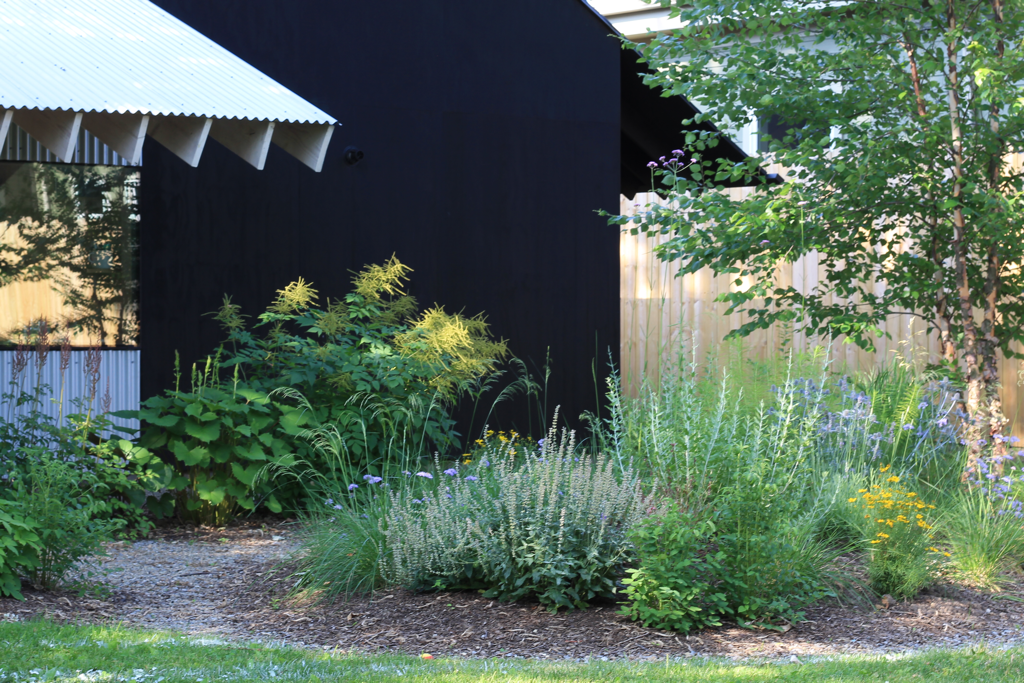
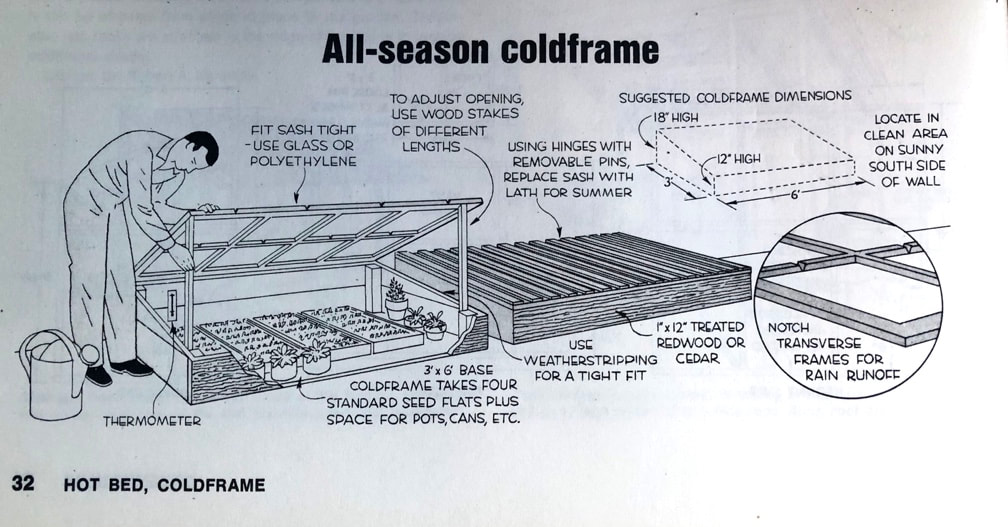
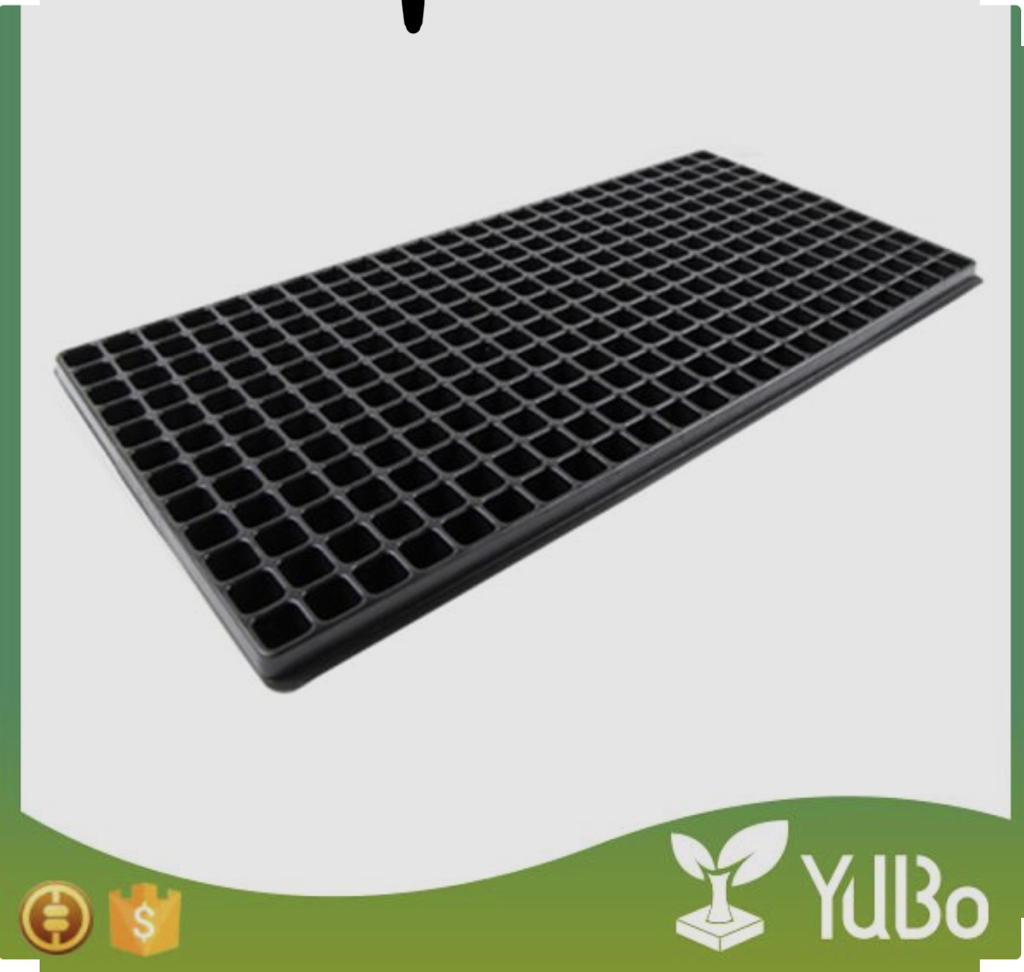
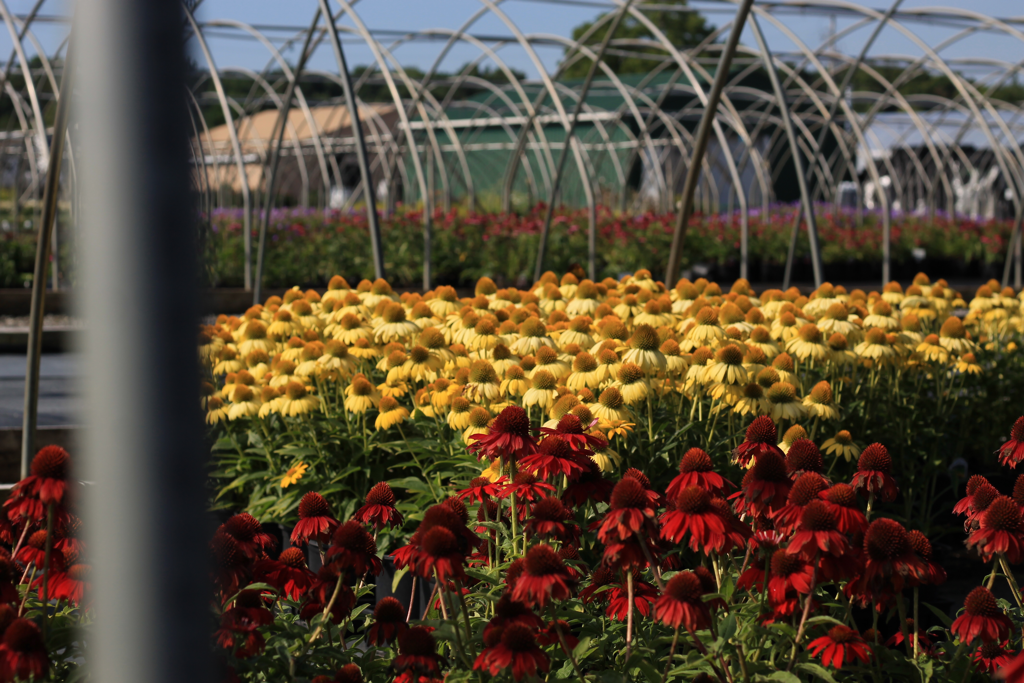
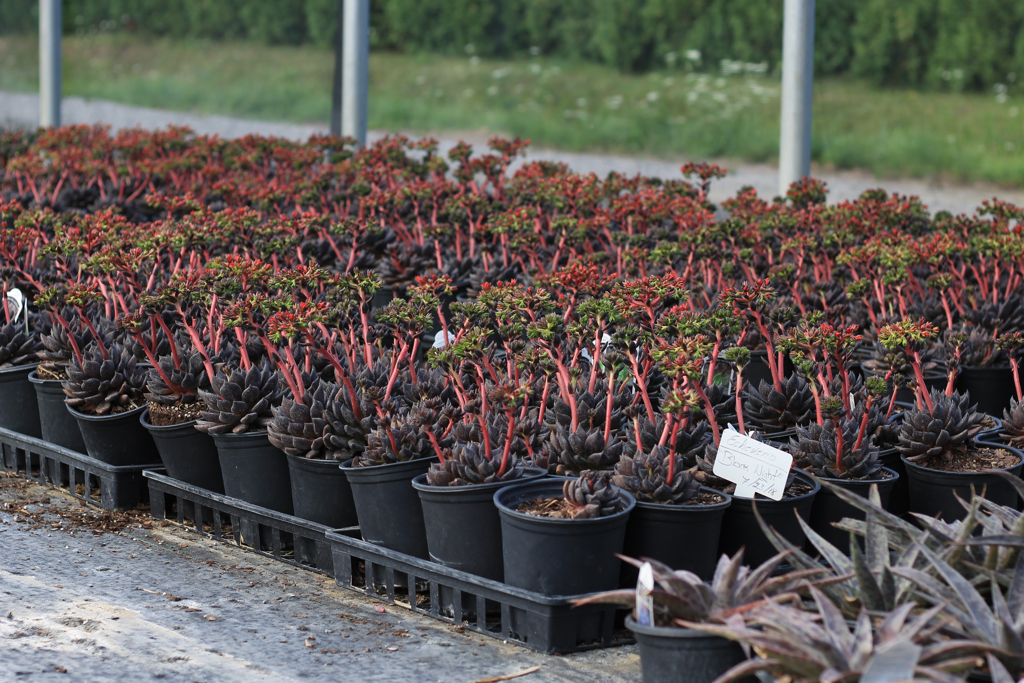
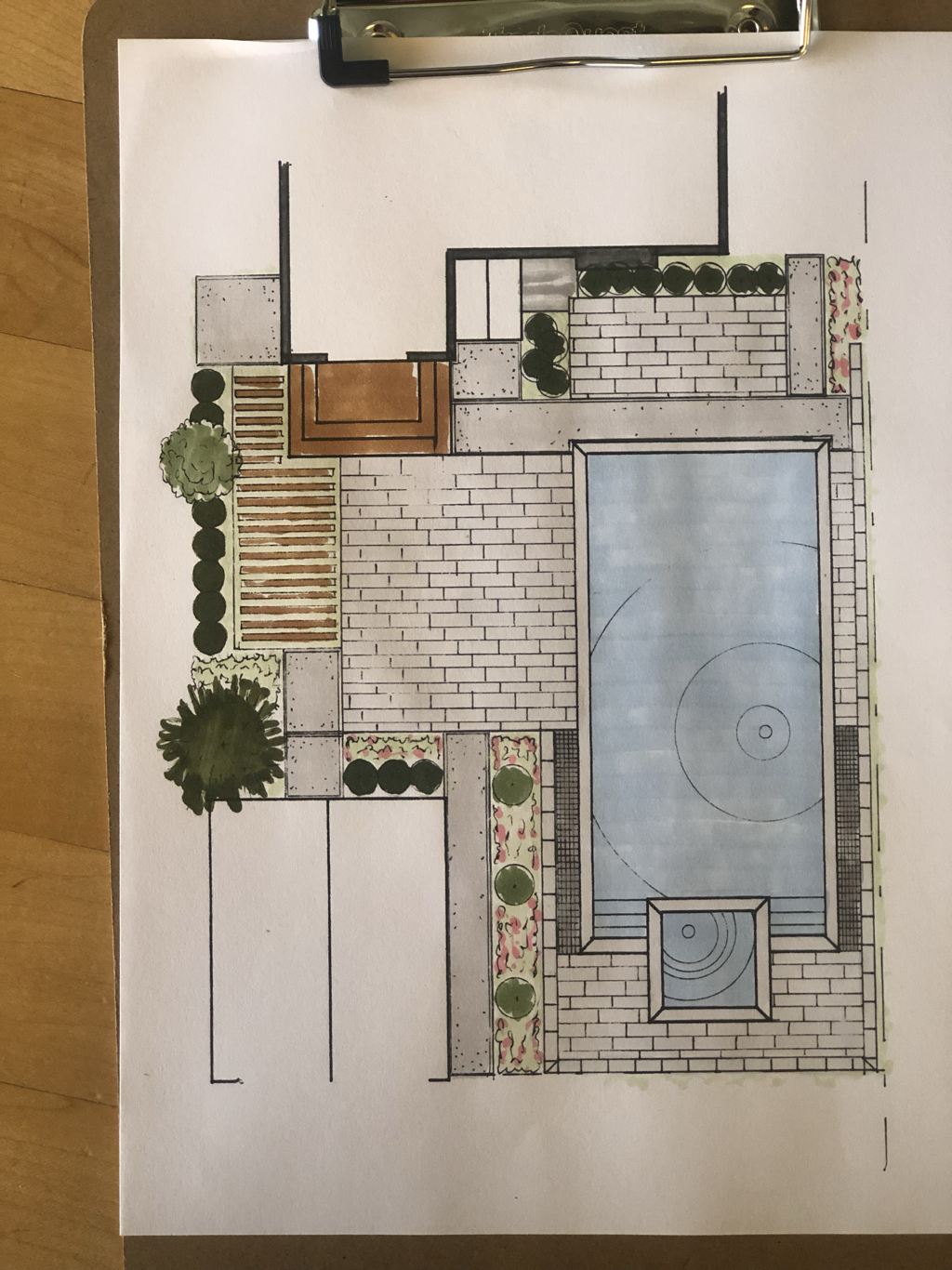
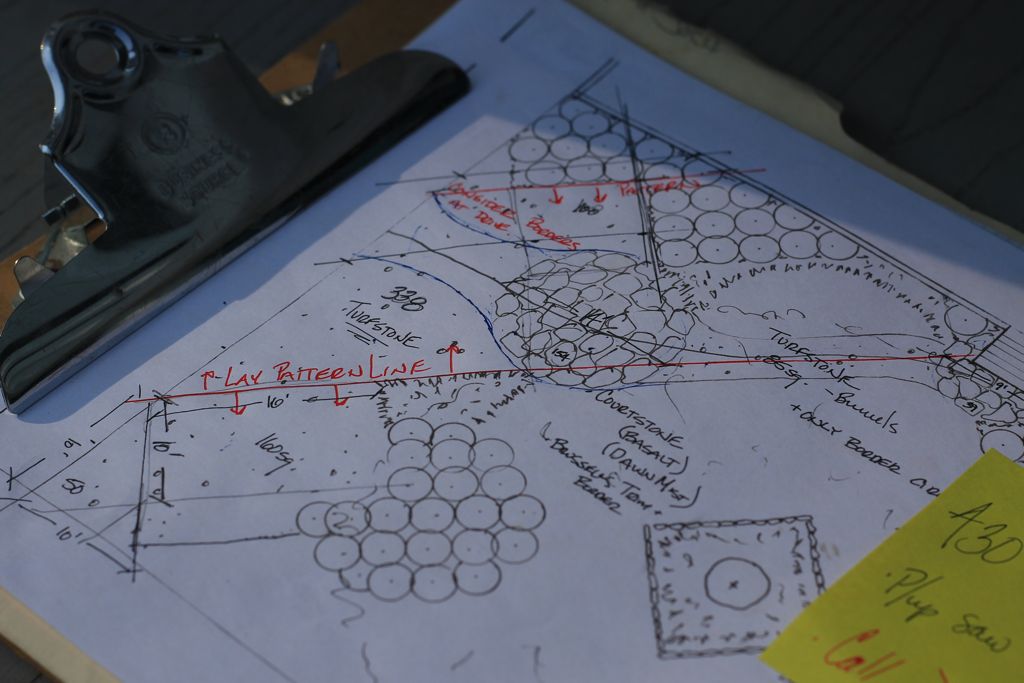
 RSS Feed
RSS Feed